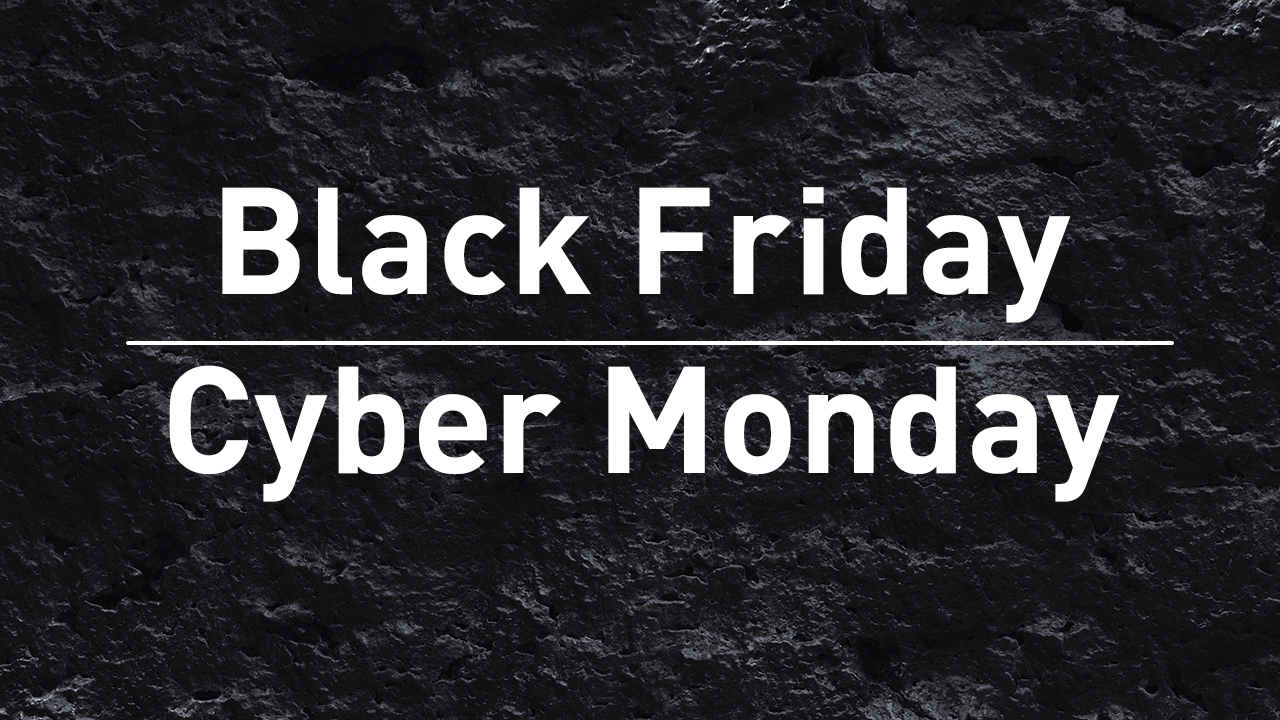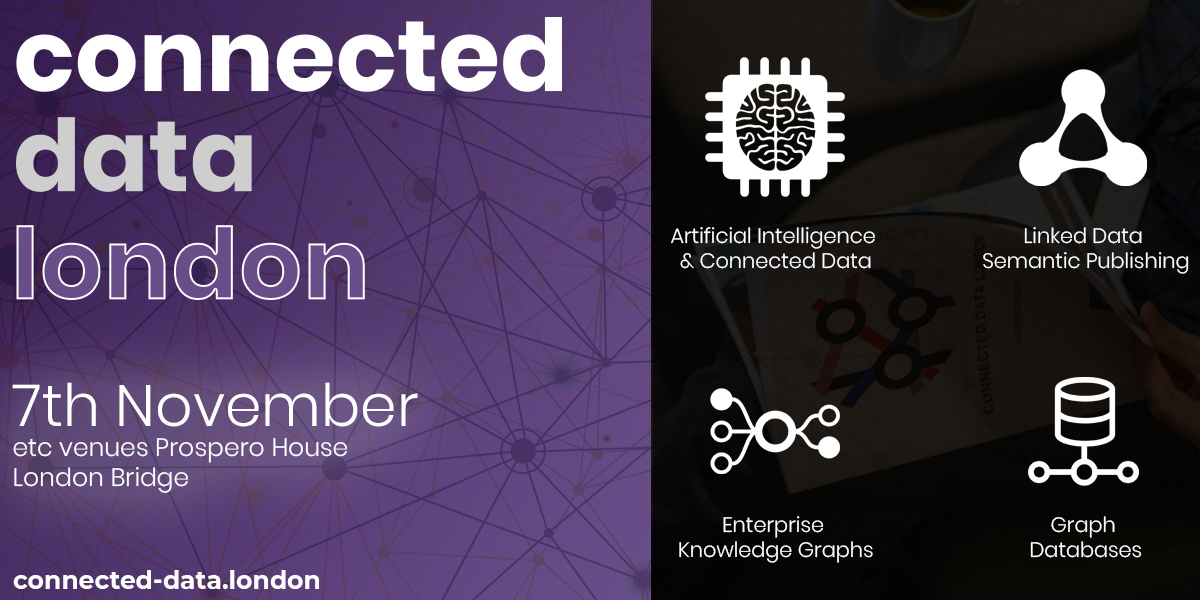Just another Cyber Monday: Amazing Amazon and the best deal ever

When you get something at 80% off on Amazon, who do you think wins — you or Amazon? If you think that’s a strange question, you ain’t seen nothing yet. Maybe it’s time we re:Invent some things. But, how can possibly getting a huge discount be bad? It’s not, if you actually need what you’re buying, and […]
Read More →From big data to AI: Where are we now, and what is the road forward?

It took AI just a couple of years to go from undercurrent to mainstream. But despite rapid progress on many fronts, AI still is something few understand and fewer yet can master. Here are some pointers on how to make it work for you, regardless of where you are in your AI journey.
Read More →ScyllaDB achieves Cassandra feature parity, adds HTAP, cloud, and Kubernetes support

ScyllaDB, the open-source drop-in replacement for Apache Cassandra, is growing up. Version 3.0 closes the gap in terms of features, and has a few extras to add on top of superior performance over Cassandra.
Read More →MemSQL 6.7 brings free tier and performance enhancement: Transactions for nothing, and faster queries for free

MemSQL is not the first database to offer a free tier. But this one comes with full functionality to support real-world use cases, while also improving performance for typical data warehousing queries by a factor of 100.
Read More →Graph gets funding. The Year of the Graph Newsletter Vol. 7, November 2018

October 2018 was the busiest month in the busiest year in graph history, hence the longest Year of the Graph newsletter to date. Neo4j lands a massive funding round, Tinkerpop is moving forward, the most important knowledge graph research event with key industry presence, W3C organizing a Workshop on Web Standardization for Graph Data, and […]
Read More →Getting knowledge graph semantics and definitions right. The Year of the Graph Newsletter Vol. 6, October 2018

Getting knowledge graph semantics and definitions right, semantic web standards used in the real world, by Google no less, and ArangoDB, Azure CosmosDB, Neo4j and TigerGraph announcing new versions. By now you probably know that knowledge graphs are in Gartner’s Hype Cycle. But how does one actually define a knowledge graph? My take on ZDNet. […]
Read More →Processing time series data: What are the options?

Get your data from everywhere you can, anytime you can, they said, so you did. Now, you have a series of data points through time (a time series) in your hands, and you don't know what to do with it? Worry not, because there's a bunch of options.
Read More →Knowledge graphs beyond the hype: Getting knowledge in and out of graphs and databases

What exactly are knowledge graphs, and what's with all the hype about them? Learning to tell apart hype from reality, defining different types of graphs, and picking the right tools and database for your use case is essential if you want to be like the Airbnbs, Amazons, Googles, and LinkedIns of the world.
Read More →The past, present, and future of streaming: Flink, Spark, and the gang

Reactive, real-time applications require real-time, eventful data flows. This is the premise on which a number of streaming frameworks have proliferated. The latest milestone was adding ACID capabilities, so let us take stock of where we are in this journey down the stream — or river.
Read More →Artifictional Intelligence: is the Singularity or the Surrender the real threat to humanity?

Artificial intelligence is one of those things: overhyped and yet mystical, the realm of experts and yet something everyone is inclined to have an opinion on. Harry Collins is no AI expert, and yet he seems to get it in a way we could only wish more experts did. Collins is a sociologist. In his book “Artifictional […]
Read More →